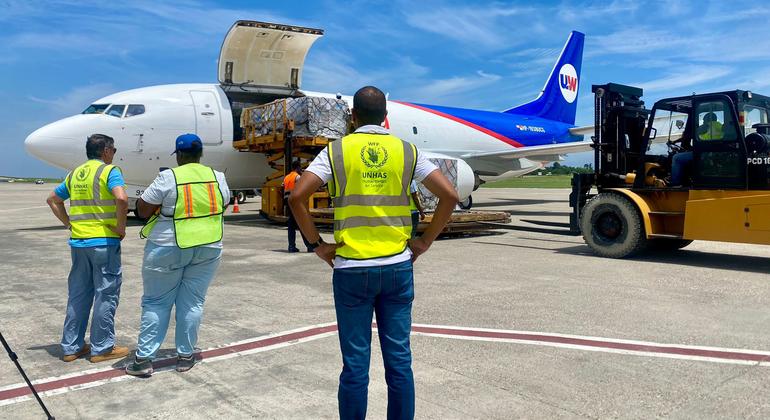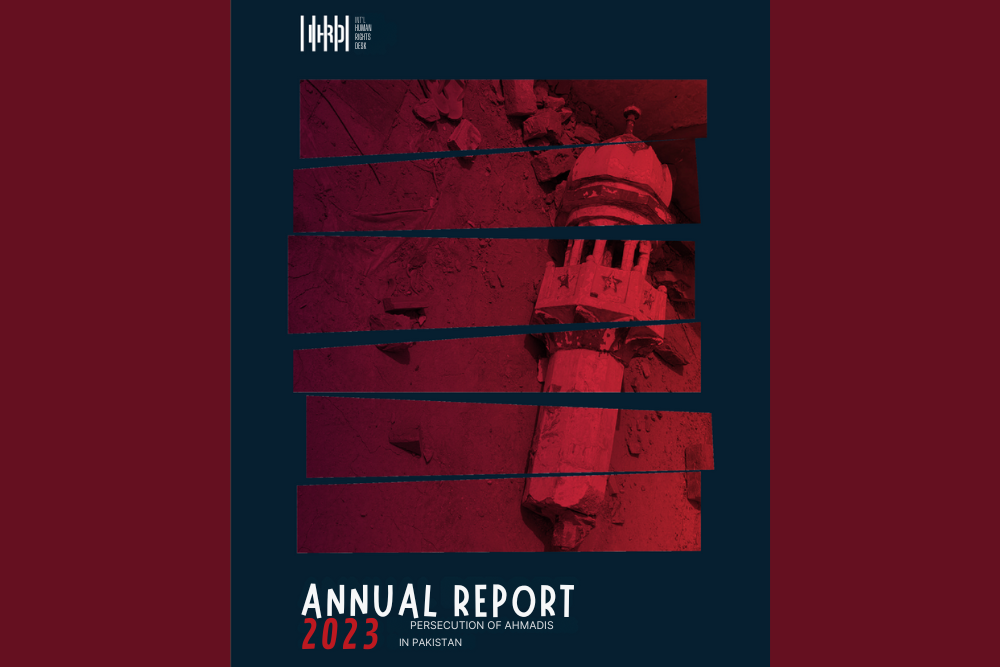Daily media briefings from Thursday 6 June to Monday 10 June
Parliament’s press service will organise briefings for media, in physical presence and remotely via interactio, to provide background information about the European elections, including useful facts and figures about the Parliament.
Journalists will also get details on the methodology used by Parliament’s services to estimate the results, on measures to guarantee the elections’ integrity and the key political moments after the elections. The EP press service will also provide information on the transition to the next parliamentary term, including on pending legislative work, on the election of the Commission President and on the procedure to appoint the next College of Commissioners.
The schedule for these briefings is as follows:
- Thursday 6 June at 11.00: European elections at a glance
- Friday 7 June at 11.00: All you need to know about Parliament
- Saturday 8 June at 11.00: Election night
- Sunday 9 June at 11.00: All you need to know about the Parliament and the election night (only physical presence)
- Sunday 9 June at 17.30: On-the-record last-minute briefing on useful information for election night
- Monday 10 June at 11.00: Election provisional results and next steps (only physical presence).
Publication of provisional election results on Sunday 9 June
Provisional European election results can only be published after 23.00 CEST, when the last voting polls in Italy have closed. Before then, Parliament will issue estimations, based on exit polls.
The plenary chamber in Brussels will be turned into a press room with a stage area and live positions for TV stations, where information will be disseminated. Access will be limited to accredited media representatives and essential EP staff. Live audio-visual stand-up positions will also be located on the Karamanlis walkway, the SPINELLI third floor and outside on rue Wiertz.
On election night, there will be a special programme on EbS, as well as streaming on Parliament’s Multimedia Centre starting at 17.30. The planned scheduled includes:
- a first set of available national estimates to be published around 18.15 CEST,
- the first projection of the new Parliament, expected around 20.15-20.30 CEST (indicative time), also based on national estimates, and
- the first provisional results from some EU member states with estimates for the rest as well as a second seat projection, to be published at around 23.15-23.30 CEST (indicative time).
Updated projections will follow, as Parliament’s services receive information from national authorities. The last updated projection is expected at around 01.00 CEST on Monday 10 June.
A detailed schedule of estimates and provisional results will be published in the coming days.
All data will be available on the official election results website.
Leaders of the EP political groups and lead candidates for the position of Commission President will speak to the media during the evening. Political groups will also have their press teams available to respond to media requests and facilitate contacts. Find their contact details here.
Audiovisual material on voting from all EU member states will be available on EBS and the EP’s Multimedia Centre as of Thursday 6 June, including statements from the lead candidates and group leaders voting in their constituencies.
Country-by-country information on the European elections
You can find individual pages on each of the EU member states with details on how the European elections are organised, lists, candidates, including MEPs who are running again for election and previous elections results, via this link.
Accreditation and access on election night
All EU inter-institutional accredited media and EP annual media pass holders will have access to Parliament on election night upon presentation of their passes without having to request separate accreditation.
All other journalists wishing to attend election night will have to register a request for short-term media access via the online accreditation system (JOUREG). If they are already in possession of an EP media pass, the pass will be activated remotely once approved in the registrations portal. If they do not have an EP media pass, once the request is approved in JOUREG, they will be able to collect it from Monday 3 June and until Sunday 9 June from the Accreditation Centre in front of Parliament (Esplanade Solidarność, office 01F035).
Only those journalists who were assigned a place in the hemicycle will be able to work from there. The meeting room in front of the plenary chamber (3C050 in the SPAAK building) will also be set up as a press working area, and journalists may also work from the press room in the SPAAK building, on the ground floor.
New EP Events mobile app
All journalists covering the European elections on site are encouraged to download the new “EP events” app (available in Google Play and App Store) to get timely information on their phones about everything happening in the Parliament before, during and after the elections, as well as practical information, including passcodes for Wi-Fi connection, opening hours, maps, contacts, links and technical information for audio-visual media.
Parking facilities
Parliament’s carpark will be free for media to use on election night – on presentation of valid media accreditation at the entrance. There will be no need to use the IZIX App that is used during normal parliamentary weeks.
Catering services
The cafeteria next to the hemicycle (SPAAK building, third floor) will be open on Saturday 8 June from 10.00 to 21.00. On Sunday 9 June, it will be open from 11.00 until the closure of the EP premises (kitchen closes at 22.00).
The press bar on SPAAK’s ground floor will be open on Sunday 9 June from 17.00 to 23.00.
Parliament’s self-service restaurant in the SPAAK building, twelfth floor, will also be open on Sunday 9 June between 12.00 and 23.00, offering sandwiches, salads and warm meals.














